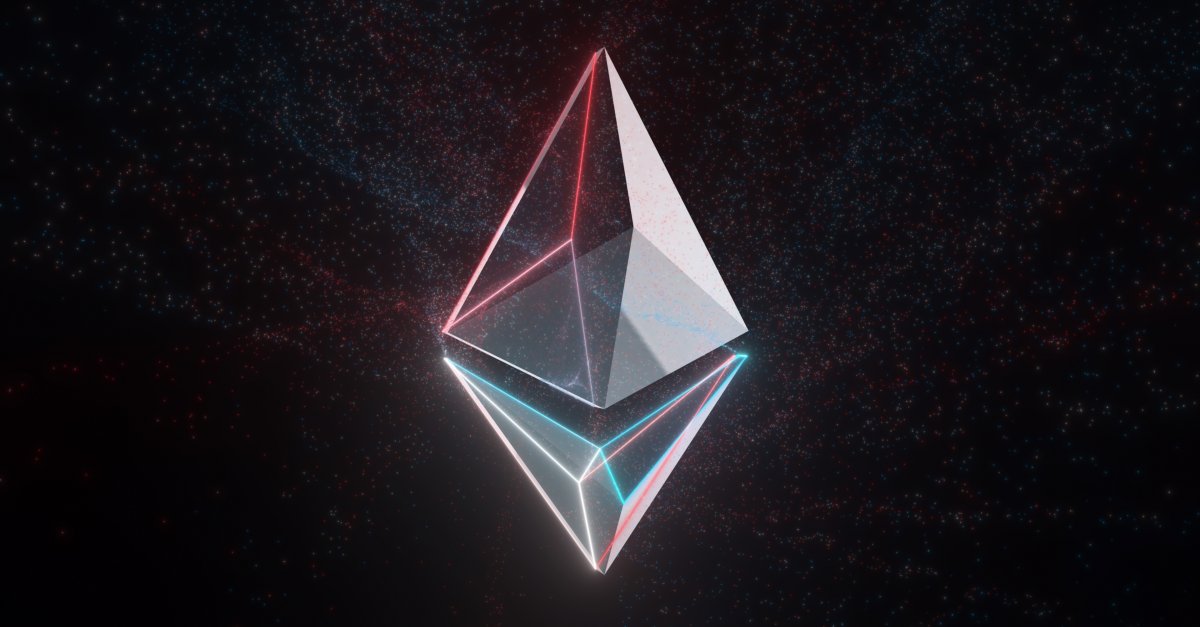Subzero Labs Launches Rialo to Streamline dApp Development With Web2 Principles
Subzero Labs has launched Rialo, a new blockchain platform designed to streamline decentralized application (dApp) development by integrating Web2 principles into the Web3 ecosystem [1]. The platform, which emerged from stealth with a $20 million funding round led by Pantera Capital and including investors like Coinbase Ventures and Hashed, is built by a team of experienced developers from companies such as Meta, Netflix, Solana, and Diem [1]. Rialo’s architecture is tailored to reduce the technical overhead typically associated with building on blockchain, offering developers a more intuitive, scalable, and efficient environment.
Unlike traditional layer-1 blockchains that prioritize throughput, Rialo emphasizes seamless real-world integration. It introduces event-driven transactions that trigger automatically based on external inputs, eliminating the need for complex middleware. Native web hooks allow apps to connect with traditional services without requiring custom integrations, while the platform’s design supports RISC-V flexibility and Solana VM compatibility [1]. This dual capability enables developers to port existing code while accessing functionalities that most chains cannot offer.
The platform aims to address a critical issue in the blockchain space: the developer exodus caused by inefficient infrastructure. Many teams struggle with stitching together oracles, bridges, and APIs, often leading to stalled projects and abandoned efforts [1]. Rialo’s approach is to make infrastructure invisible and intuitive, allowing developers to focus on innovation rather than technical hurdles. The company claims early tests suggest the platform could significantly reduce development cycles for complex dApps, potentially cutting them by months [1].
The design of Rialo reflects lessons learned from its team’s previous experiences with large-scale distributed systems and blockchain projects. Co-Founder Ade Adepoju emphasized that infrastructure should be fast, scalable, and user-friendly, a philosophy deeply embedded in Rialo’s architecture. The team’s goal is to unlock new classes of applications that were previously unfeasible due to technical constraints [1].
The broader blockchain industry has shown increasing interest in improving developer experience and usability. While many projects focus on decentralization and security, fewer have tackled the complexity of development itself. Rialo’s adoption of Web2-style development frameworks—such as event-driven models and modular programming—could lower the entry barrier for developers unfamiliar with blockchain-specific coding. This shift toward a more developer-friendly approach may attract a broader pool of talent to the Web3 space, accelerating the growth of decentralized applications [1].
By integrating real-time responsiveness and modular capabilities into its architecture, Rialo is positioned to enhance the scalability and intuitiveness of dApp development. This could lead to faster iteration and deployment cycles without sacrificing the benefits of decentralization. As the industry moves toward more practical and user-focused solutions, platforms like Rialo may play a pivotal role in shaping the next phase of Web3 adoption [1].
The private devnet of Rialo is already active, with the team actively engaging developers ahead of the public launch. The focus now is on demonstrating the platform’s ability to deliver on its promise: a blockchain that not only scales but also supports developers in building complex applications efficiently [1]. If successful, Rialo could redefine how developers approach blockchain development, making it more intuitive, efficient, and accessible.
Source:
[1] Subzero Labs’ Rialo rethinks app development with a Web2 approach to Web3https://crypto.news/subzero-labs-rialo-rethinks-app-development-with-a-web2-approach-to-web3/
Source link
Written by : Editorial team of BIPNs
Main team of content of bipns.com. Any type of content should be approved by us.
Share this article:



